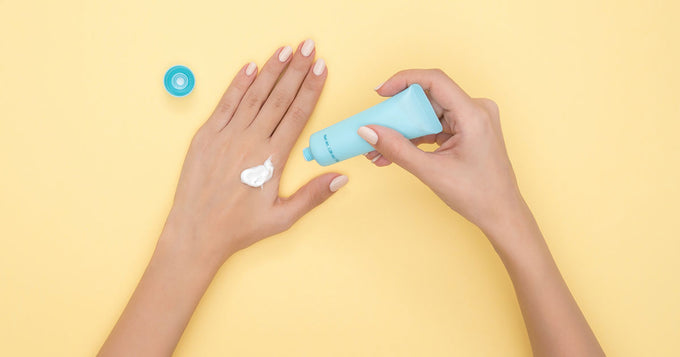How to Read a Sunscreen Label

Modern sunscreen has changed a lot since its introduction in the 1940s, so with all these new ingredients, how do you know what to look for?
Today, sunscreens come in multiple forms, touting a broad range of benefits. Although this is great, it can also lead to a lot of confusion and make it tough to choose the right sunscreen for your needs.
Thankfully, sunscreen labels have come a long way in the past decade due to U.S. Food & Drug Administration (FDA) regulations. By knowing a few key terms, picking the right sunscreen for any outdoor adventure is a breeze. Today, we go over how to read a sunscreen label.
What to Know on a Sunscreen Label
Regulated Terms
These are official terms defined by the FDA. As they are regulated, the information is consistent across all sunscreen brands and products. I
Sun Protection Factor (SPF)
SPF measures a sunscreen’s protection against UVB light. UVB rays can lead to sunburn and skin cancer.
The American Academy of Dermatology (AAD) recommends using SPF 30 or higher. SPF 30 filters out 97% of UVB rays.
While a higher SPF is better, there isn’t much difference between SPF 30 and 50 or higher. SPF 50 filters just 1% more UVB than SPF 30. The key is frequent reapplication.
Broad-Spectrum
Relatively new to the sunscreen game, broad-spectrum means that sunscreen protects against both UVB and UVA. UVA light causes skin cancer and premature aging of the skin.
This is very common as the FDA has proposed that all sunscreens with an SPF of 15 or higher must provide broad spectrum protection.
Water-Resistant
Water-resistant sunscreens continue to protect in the water or while sweating for a set period of time. The FDA requires that a timeframe of 40 or 80 minutes be specified.
No sunscreen is “waterproof” and can’t be labeled that.
Active Ingredients
Active ingredients are what does the sun protecting. They come in 2 forms, chemical or physical.
Some sunscreens combine both chemical and physical active ingredients.
Chemical
Chemical protectants absorb UV rays to reduce penetration into the skin.
Common chemical protectants are oxybenzone, avobenzone and benzophenone.
Physical
Physical protectants sit on top of the skin to deflect UV rays.
Non-Regulated Sunscreen Terms
A lot of the terminology on sunscreen labels is not defined by the FDA. They are purely marketing terms that can vary from brand to brand.
When evaluating sunscreen, these terms can point you in the right direction. They are no substitute for FDA-regulated information.
Sports Sunscreen
This usually means that sunscreen is water or sweat resistant.
Baby Sunscreen
For a baby’s sensitive skin, these sunscreens mainly stick to active ingredients like titanium dioxide and zinc oxide.
Sensitive Skin Sunscreen
These sunscreens will also use physical active ingredients like titanium dioxide and zinc oxide. They may also be fragrance, oil, or PABA-free. Many are hypoallergenic.
Mineral-Based Sunscreen
Uses minerals like titanium dioxide and zinc oxide as active ingredients.
Natural or Nontoxic Sunscreen
Often used to describe a sunscreen that uses minerals as the active ingredients.
Reef-Friendly or Reef-Safe Sunscreen
Chemical protectants in many sunscreens are wreaking havoc on the world’s reefs. This has caused a movement where many coastal areas have banned these sunscreens.
Reef-friendly sunscreens use minerals as the active ingredient to avoid chemical protectants.
Hopefully, this short guide helps you pick the perfect sunscreen for your outdoor needs. When in doubt, follow The Skin Cancer Foundation’s recommendation of a water-resistant, broad-spectrum sunscreen with an SPF of 30 or higher.







